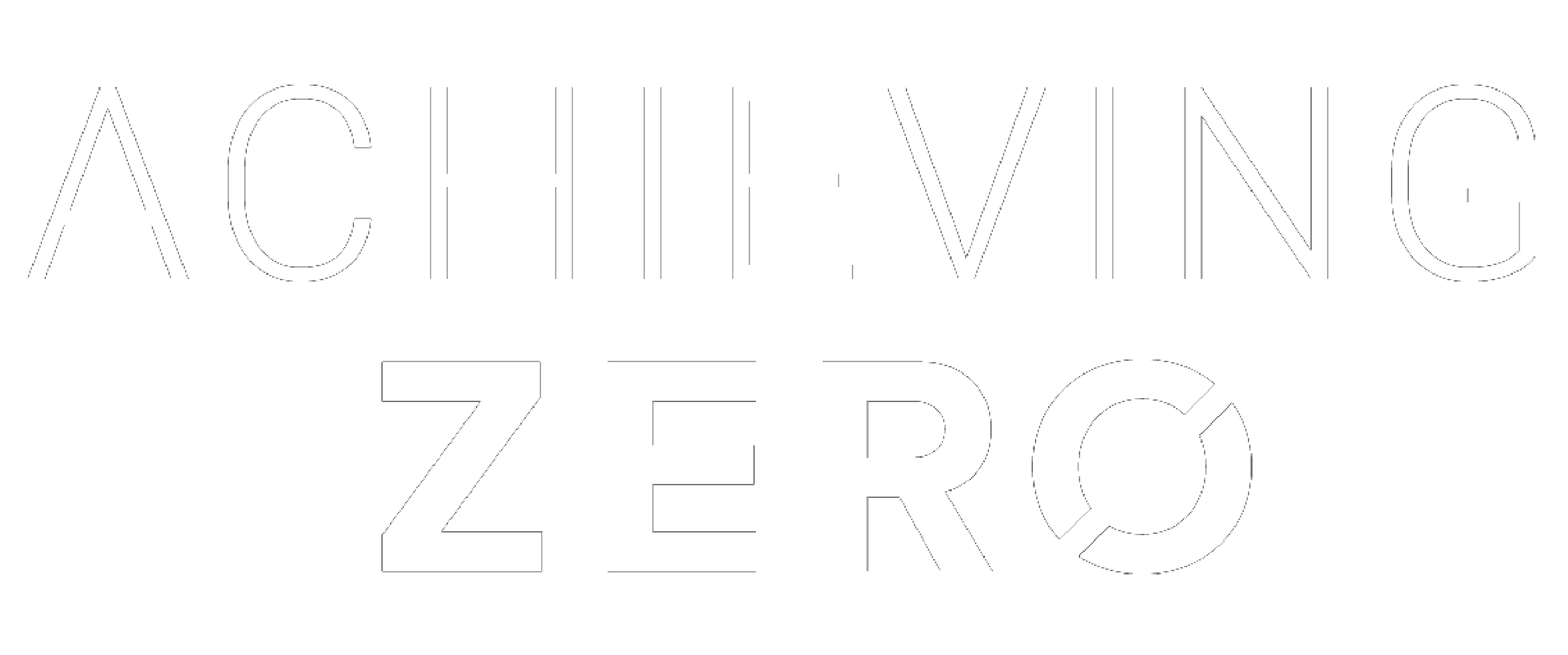RESOURCES
PLANNING & POLICY INTERVENTION POINTS
Policymakers can gain planning efficiencies by leveraging and integrating climate goals into other city initiatives. Citywide planning efforts around land use and community development should acknowledge the multiple benefits that energy efficiency, clean heat, and carbon free renewable energy can provide to communities, and identify ways to incorporate appropriate energy standards into policy and zoning to maximize these benefits. Policymakers can also leverage natural points of intervention within utilities that arise during planning and franchise renewals in order to prioritize efficiency, clean heat, and renewable energy expectations in their conversations with utilities.
POLICY & PROGRAMMATIC LEVERS
Cities have the authority to levy requirements to support climate goals through ordinances, regulations, zoning, and incentive programs. They are also able to share data and educational resources aimed at encouraging program participation, and can offer financial assistance for residents and businesses through revolving funds, tax abatements, deductions, and credits. These and other policy and programmatic levers can be deployed at key building intervention points.
Partnerships can be established across city departments, utilities, and third parties to offer alternative financing for upgrades including on-bill repayment and broker shared carbon free renewable energy investments such as power purchase agreements and community solar. Through these actions, and by providing greater choice and information, cities can play a key role as catalysts for change in their markets.
Examples of planning and policy intervention points include:
- Community-based planning and visioning
- Regional growth and transit planning
- Building resilience and post-disaster reconstruction planning
- Utility capacity planning, grid expansion, or franchise renewal
- Development-specific agreements on public benefits packages to
- mitigate impacts
Primary examples of policy and programmatic levers include:
- Mandates
- Incentives
- Community choice aggregation for renewable energy
- Educational resources or outreach campaigns
- Workforce development assistance
- Financial assistance
- Information access programs
- Direct investment (in municipal facilities or as a public benefit investor or developer)
*Includes contributions from Movement Strategies Center and Race Forward.

